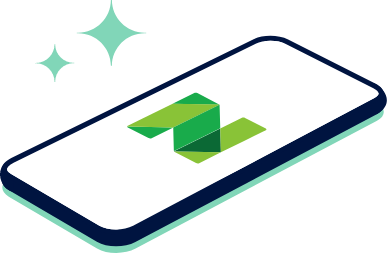Mint App Closing: What It Means, How to Pick a New Budget Service

Many, or all, of the products featured on this page are from our advertising partners who compensate us when you take certain actions on our website or click to take an action on their website. However, this does not influence our evaluations. Our opinions are our own. Here is a list of our partners and here's how we make money.
Intuit Inc. announced that it would shut down Mint on March 23, 2024. The company’s decision to discontinue the popular budgeting app left millions of users scrambling to find a replacement.
Here’s what the news means for consumers and what to consider when choosing a new budgeting service.
What is Mint?
Mint, acquired by Intuit in 2009, is a free personal finance app. It has long been one of the most widely used and highly rated budget apps. Mint links to nearly all types of users’ financial accounts, such as credit cards, investments and loans.
Mint’s loyal following has gravitated toward its comprehensive features, including the ability to review spending, track net worth and personalize goals and budgeting categories.
Stress less. Track more.
See the full picture: savings, debt, investments and more. Smarter money moves start in our app.
What happened to Mint?
In its announcement, Intuit said the company was “reimagining Mint” as a part of Credit Karma, also owned by Intuit. Users were scheduled to lose access to their Mint accounts on March 23, 2024, or sooner if they chose to migrate to the Credit Karma app before that date.
While several Mint features live on in the Credit Karma app (such as spending and net worth tracking), setting monthly budgets and customized categories didn't make the cut.
Meet MoneyNerd, your weekly news decoder
So much news. So little time. NerdWallet's new weekly newsletter makes sense of the headlines that affect your wallet.
What to look for in a new budgeting app
There are plenty of other budget apps out there that can help fill the void once Mint shuts down. Many personal finance websites, including NerdWallet, offer free money management tools.
PocketGuard is a free service that highlights your spending and net worth and allows you to budget for goals. YNAB is a popular app that also lets users create customized plans for their money, but it has a subscription fee.
Mint users don’t necessarily have to start from scratch. Some apps, like Monarch and YNAB, allow new users to manually import data files from their banks or other personal finance apps. Like Mint, there are many other apps that automatically sync with users’ financial accounts.
Some may even pull multiple years of your transaction history.
Before committing to a paid budget service, take advantage of free trial periods — if offered — to learn whether it’s worth the money. And before signing up for any budgeting service, read reviews in app stores and on trusted financial websites.
An app’s community and customer service (or lack thereof) may be worth paying attention to as well. Mint’s large user audience and customer support made it easier for many to learn and troubleshoot.
Meet MoneyNerd, your weekly news decoder
So much news. So little time. NerdWallet's new weekly newsletter makes sense of the headlines that affect your wallet.
Article sources
NerdWallet writers are subject matter authorities who use primary,
trustworthy sources to inform their work, including peer-reviewed
studies, government websites, academic research and interviews with
industry experts. All content is fact-checked for accuracy, timeliness
and relevance. You can learn more about NerdWallet's high
standards for journalism by reading our
editorial guidelines.
Related articles








